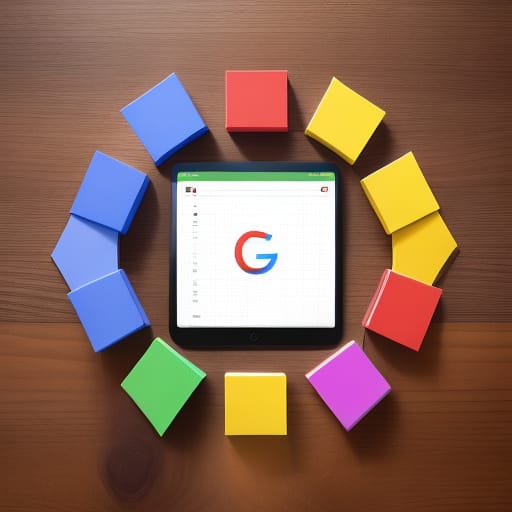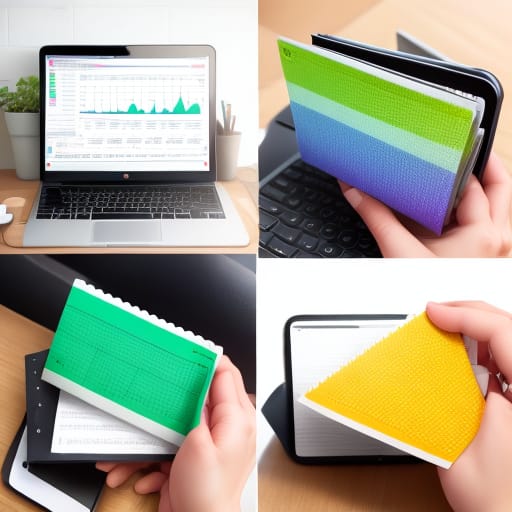Google Docs building blocks are customizable tools that allow you to standardize and streamline your documents. With features like reusable content blocks, variables for batch updates, and smart chips to pull in data, building blocks can save you time and effort while ensuring consistency across your docs.
This beginner’s guide will explain what Google Docs building blocks are, why they’re valuable for businesses and teams, and how to start using them right away.

What Are Google Docs Building Blocks?
Google Docs building blocks are reusable pieces of content and data integrations that allow you to quickly insert information into your documents:
- Custom building blocks – Pre-built content blocks you can define yourself and insert instantly
- Variables – Dynamic values that update across all docs using that variable
- Smart chips – Integrations to pull data in from other files or G Suite apps
With building blocks, you no longer have to copy and paste the same text, update dozens of docs when information changes, or juggle a spreadsheet alongside your document.
Instead, building blocks help you:
- Standardize and scale your document workflow
- Automate manual processes to boost efficiency
- Maintain consistency across all content
Now let’s look at the key features of Google Docs building blocks and why they matter.
The Value of Building Blocks
And that’s just an overview of building blocks – once you start using them yourself, you’ll uncover even more ways to improve your Docs workflow!
Next, let’s dive into custom building blocks and how you can start incorporating reusable content into your documents.

Creating Custom Building Blocks in Google Docs
Custom building blocks allow you to define standardized text, tables, images or other content just once, then reuse it in multiple documents with a click.
For example, say your company overview appears in various sales collateral, FAQ docs, new hire packs, email templates, and more. Rather than copying and pasting it everywhere, turn it into a building block.
Benefits:
🚀 Faster content creation 📝 Centralized content hub 🔀 Propagate content updates across all docs
Here is the simple process to create a custom building block:
1. Compose the Content
First, draft the content – text, table, image, etc. – that you want as a reusable block.
For maximum consistency, keep the format and structure standardized.
2. Open the Building Blocks Pane
In Google Docs, go to Insert > Building Blocks > Create New Building Block.
This opens a right sidebar with building block tools.
3. Name and Save Your Building Block
In the sidebar, give your building block a simple name like “Company Overview” and save it.
Once saved, the content you drafted will now persist as a reusable block.
4. Insert Your Building Block
Still in the sidebar under “My Building Blocks”, you can now insert this block anywhere with one click.
The content will appear formatted just as you originally created it.
Update the source block anytime and changes propagate everywhere it’s used.
Now let’s look at some of the powerful ways to use variables for even more customization…
Using Variables for Batch Updates
While custom building blocks enable content reuse, variables take it a step further for true automation.
Variables allow you to replace fixed text with a dynamic placeholder value that can update across all documents in one click.
For example, let’s say your company name appears in various templates and documents. Rather than use the static text which requires manual updates, you can use a {company_name} variable.
Now when your business rebrands or is acquired, you simply update the variable definition rather than each individual document.
Here is how to work with variables in Google Docs:
More Building Block Features
Building blocks have even more capabilities through smart chips and dropdown menus to customize how content is pulled in.
Some examples include:
- Smart chip to insert latest sales figures from a linked Google Sheet
- Dropdown list chip showing budget options to add to a proposal
- Dynamic organization chart pulled from Google Contacts
Let’s look at how to set up these advanced building blocks.

Smart Chips for Automating Insertion
We’ve only scratched the surface of the productivity superpowers unlocked with Google Docs building blocks. By standardizing your content and connecting data across files, you can work faster and smarter.
The key is deciding which building blocks provide the most value for your specific workflow, whether sales templates, project plans, hiring docs or something else entirely.
Over time, you’ll build a library of reusable content, variables and integrations that automate your document creation and updates.
To learn more about Google Docs building blocks, check out these additional resources:
- Google Cloud Blog – Product updates and guides
- Google Docs Help Center – Building blocks documentation
- Apps Script – For coding custom integrations
With some thoughtful setup early on, building blocks can save you countless hours down the road. The key is figuring out which features fit your needs and how to gradually incorporate them into your workflow.
FAQs
What are some real-world examples of building blocks?
Some industries that leverage building blocks include marketing agencies using brand asset blocks in proposals,law firms pulling in customizable contract templates, and healthcare companies inserting policy and protocol snippets into new hire documentation. The key is determining reusable chunks of content unique to your documents.
How do building blocks differ from templates?
Templates provide an overall structure and format that remains static, while building blocks enable you to dynamically swap out content elements within that template using reusable blocks, variables, integrations and more. The two can be used together for maximum customization.
Can I use building blocks if I’m not the owner of a Google Workspace document?
Yes, as long as the document owner enables content reuse and permissions, you can leverage your organization’s full library of custom building blocks, smart chips and variables. This facilitates cross-team collaboration.
What integrations currently support smart chips?
In addition to pulling data from Google Sheets, Calendar, and Contacts, smart chips work with many third-party apps through Zapier and AppSheet. And the Apps Script editor lets developers build custom functionality.
How can I format my building blocks if I want consistent branding?
The building block editor lets you define fonts, colors, margins and other formatting that will persist each time you insert that block. For most consistency, format the block content before saving it to your library.
What permissions do I need to access building blocks?
Editing rights are needed to create, organize and manage building blocks. With reader or commenter access, you can view and insert existing blocks but not modify them. Talk to your Google Workspace admin about permissions.